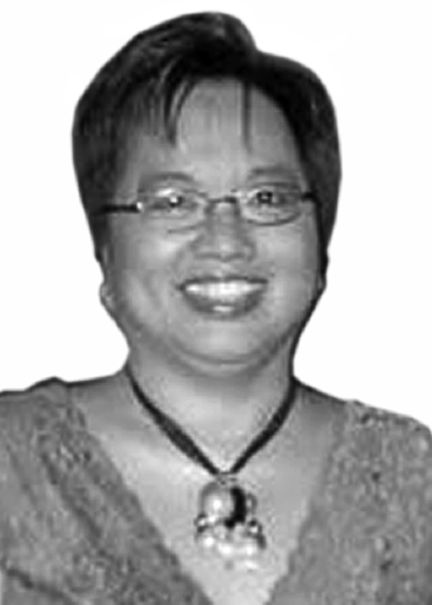
David
Anecdotal evidence, including letters to the editor, tells a too-familiar story of scenes at drug store counters.
After handing the sales person a doctor’s prescription and hearing the amount involved, the customer blanches at the total cited.
Often, the customer would simply walk away, or else buy just a few days’ worth of the prescribed medicine.
I often wonder what strategies are employed by the patient or the patient’s family after this encounter.
Maybe they stop seeking medical relief altogether, with some opting instead for traditional healers or taking the “natural” or “herbal” route.
Some patients would take only the amount of medicines they can afford, instead of sticking to the prescribed amount and duration of treatment. Another possibility: Stop seeking relief altogether.
The reality is far from anecdotal. At a roundtable discussion on “Essential Medicines for All: Access, Equity and Regulation,” former health undersecretary Dr. Madeleine Valera pointed out that, despite a plethora of laws (especially the Generics Medicines Law), policy statements and regulatory bodies, drug prices in the country remain among the highest in the region (if not the world), and the poor end up shouldering out-of-pocket expenses for their medicines.
She cited a study by health economist Oscar Picazo that found that local prices of generic drugs “are still very high compared to international reference prices.”
Among the factors cited by Picazo were higher mark-ups employed by both pharmaceutical firms and distributors, VAT passed on to consumers, and the “adverse effects” of the senior citizen discounts and other pharma discounts, with the added costs passed on to all other consumers.
High drug prices at the retail level are further applied in hospitals, with private and government hospitals imposing up to 30 percent mark-ups on drugs prescribed to patients, especially to those confined in more expensive rooms.
Mark-Andre Gagnon, a Canada-based health scholar and activist, cited some problems he discovered in the course of his visit.
Among these is the lack of accessibility and access of the majority, with drugs mostly paid out-of-pocket without little public reimbursement.
While there is a system one can access for government support for needed drugs, including financial aid from the Philippine Charity Sweepstakes Office and PhilHealth, Gagnon noted the “complexity” involved in navigating this system, with “entitlements unclear to patients.”
There is “no cohesion and little enforcement of rules,” Gagnon observed, with little resources provided for services.
Gagnon offered a single solution to the problem of high drug prices. It is “universal public coverage with a list of essential medicines through a managed national formulary (of drugs) with systematic use of health technology assessment.”
Other countries, he said, have found ways to work around the policies and prices imposed by “big pharma.”
In New Zealand, the responsibility for managing the national formulary (including pricing) falls on an autonomous national agency independent from the health department.
In Canada, making 117 essential medicines available to all citizens resulted in little, if any, increase in costs and prices of drugs.
In Thailand, said Gagnon, the implementation of universal healthcare, including free provision of essential drugs, “did not increase total spending on health.”